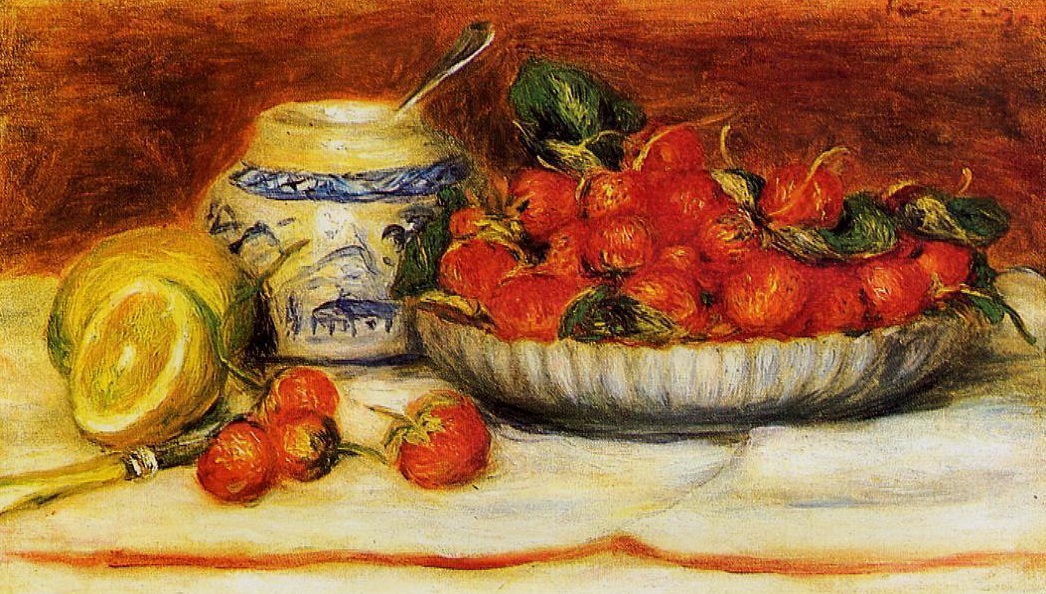Category Archives: Food/Kitchen/Farm/Agriculture
- Home
- Archive by category "Food/Kitchen/Farm/Agriculture" (Page 11)

Refrigeration
Walk-in refrigerators play a crucial role in food preparation areas in education communities; residence halls, hospitals, research laboratories and large football stadium not the least of them:
- Food Storage: They provide space for perishable foods, such as fruits, vegetables, meats, dairy products, and prepared dishes. They help maintain the freshness and quality of ingredients by keeping them at the appropriate temperature.
- Temperature Control: They allow precise temperature control, ensuring that food items are kept at the correct temperature to prevent spoilage and bacterial growth. Different shelves or zones within the refrigerator can be set to various temperatures to accommodate various types of food.
- Extended Storage: Compared to reach-in refrigerators or freezers, walk-ins offer a larger storage capacity. This is especially beneficial for residential kitchens that need to store bulk quantities of ingredients, prepared dishes, and food supplies.
- Organization: Walk-in refrigerators are designed with shelving, racks, and storage options that enable proper organization of food items. This organization makes it easier for kitchen staff to access ingredients quickly during busy service times.
- Prep Space: In addition to storage, some walk-in refrigerators are equipped with prep tables or counters. This feature allows chefs and kitchen staff to work directly within the cold storage area, making it more convenient to prepare ingredients and assemble dishes.
- Energy Efficiency: Modern walk-in refrigerators are designed with energy-efficient features, including well-insulated panels and energy-efficient compressors, helping to reduce energy consumption and operating costs.
- Compliance with Regulations: Many health and safety regulations require commercial kitchens to store perishable foods at specific temperatures. Walk-in refrigerators are designed to meet these regulatory requirements.
ASHRAE 15 sets the standard of care for safe design, construction, installation and operation of refrigeration systems. It establishes safeguards for life, limb, health, and property and prescribes safety requirements. This standard does not apply to refrigeration systems using ammonia (R-717) as the refrigerant. (ASHRAE Standard 34-2022, Designation and Safety Classification of Refrigerants covers that domain.)
As of this posting we find only one markup on proposed changes to ASHRAE 15; that one having more to do with correlation with changes to the one of the ASME Boiler Code (a lower tier priority for us).
Proposed Addendum a to Standard 15-2022, Safety Standard for Refrigeration Systems
Consultation on that markup closes October 22, 2023.
Other ASHRAE committees post their consultations at the link below:
Online Standards Actions & Public Review Drafts
We maintain the ASHRAE catalog on the standing agenda of nearly every topic we cover every day. See our CALENDAR.
Issue: [Various]
Category: Mechanical, Electrical, Energy Conservation, Facility Asset Management, US Department of Energy, #SmartCampus
Colleagues: Mike Anthony, Larry Spielvogel, Richard Robben
The basis for modern refrigerators was created in 1755 AD, when Scottish professor William Cullen designed a small refrigerating machine. This machine had a pump and a container of ether. (24/26) pic.twitter.com/nw7GiSgbIE
— Bucknell_Thermo (@BucknellThermo) April 24, 2020
Lady Tasting Tea
Bibliography:
ASTM International Manual 26, Third Edition (2020): Sensory Testing Methods
Statistics: A Full University Course on Data Science Basics
Models and Statistical Inference: The Controversy between Fisher and Neyman–Pearson
Emily Dickinson: pic.twitter.com/yXxEWct3Da
— Dr. Maya C. Popa (@MayaCPopa) May 20, 2023
Apple Tree Anatomy
What goes on behind the scenes at #Lenswood #apples? Lots of forklifts, high-tech scanners to detect internal bruising, & the biggest apple pool I’ve ever seen! 🌊🍎
Thanks to the Lenswood team for chatting #IPM & involving us in the vital apple QA process – yum!@AgrifoodUoA pic.twitter.com/Pfrl1PBAoM
— Olivia Veronese (@OliviaVeronese) April 13, 2023
Solanum lycopersicum
The Historic Rutgers Tomato Gets Re-invented in University’s 250th Anniversary Year
Rutgers University Institutional Planning and Operations
Speaking of storms…Photo of an apple orchard in Ireland after a storm.
by Tony Egan pic.twitter.com/EFWQzCtUkz— Edward Elderman (@edwereddie) October 10, 2024
Seeds of Prosperity
שנה טובה
Pomegranates hold special significance in Jewish New Year celebrations, also known as Rosh Hashanah. The association between pomegranates and Rosh Hashanah comes from the tradition of incorporating symbolic foods into the holiday meal, each of which carries a special meaning. Pomegranates are one of these symbolic foods, and they are typically used in various ways to represent different aspects of the holiday:
Seeds of Prosperity: Pomegranates are often seen as a symbol of abundance, fertility, and prosperity. The many seeds inside the fruit are thought to represent the abundance of good deeds and mitzvot (commandments) that one hopes to perform in the coming year. Eating pomegranates on Rosh Hashanah is seen as an expression of the wish for a fruitful and prosperous year ahead.
Sweetness and Renewal: On Rosh Hashanah, it is customary to eat sweet foods to symbolize the desire for a sweet and pleasant year. Pomegranate seeds are sweet and juicy, making them a natural choice for this purpose. Some people dip pomegranate seeds in honey, further emphasizing the desire for sweetness and a sweet New Year.
Symbolic Blessings: Pomegranates are often included on the holiday table as a decorative element. Their vibrant red color is associated with the renewal of life and the hope for a good year. Pomegranate-shaped decorations or even pomegranate-themed dishes and tableware are commonly used during Rosh Hashanah celebrations.
Traditional Blessings: In some Jewish communities, it is customary to recite a special blessing when eating pomegranates on Rosh Hashanah. The blessing expresses the hope for a year filled with good deeds and blessings, just as the pomegranate is filled with seeds.
Strawberries
The University strawberry breeding program began in 1948 under the direction of plant pathologist Albert Brooks at a Florida Agricultural Experiment Station (FAES) Center near Plant City.
The first cultivar, ‘Florida Ninety,’ was released in 1952 and became the dominant variety grown in Florida. At the time, it was known for its high yields and moderately-high degree of resistance to crown rot. Subsequent breeding efforts were sporadic until 1968 when Charlie Howard began a systematic process for crossing and selection at the Gulf Coast Research and Education Center that continues to this day.
‘FloridaBelle’ was released in 1975, followed by ‘Dover’ in 1979. Both varieties showed improved yield and resistance to crown rot, but they suffered from fruit-quality problems. ‘Sweet Charlie,’ released in 1992, produced higher yields from December through February than any other available variety, and it was the only Central Florida variety that was resistant to anthracnose fruit rot.
University of Florida Plant Breeding
New update alert! The 2022 update to the Trademark Assignment Dataset is now available online. Find 1.29 million trademark assignments, involving 2.28 million unique trademark properties issued by the USPTO between March 1952 and January 2023: https://t.co/njrDAbSpwB pic.twitter.com/GkAXrHoQ9T
— USPTO (@uspto) July 13, 2023
Standards Michigan Group, LLC
2723 South State Street | Suite 150
Ann Arbor, MI 48104 USA
888-746-3670





















